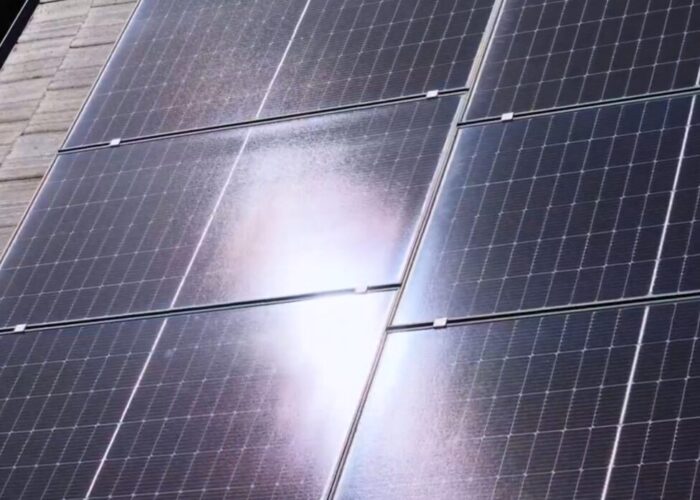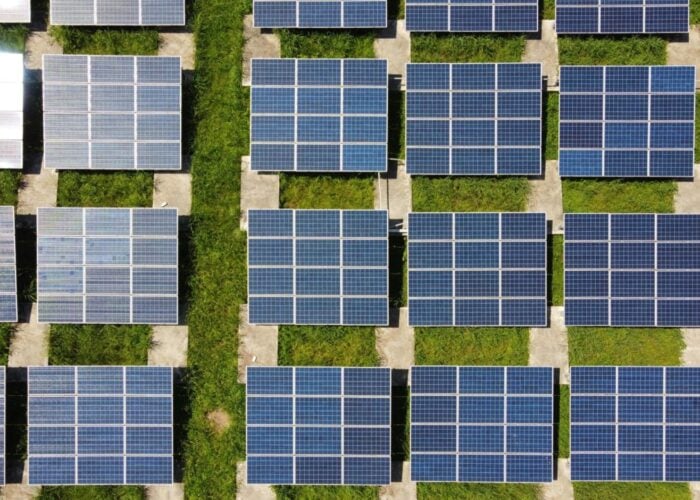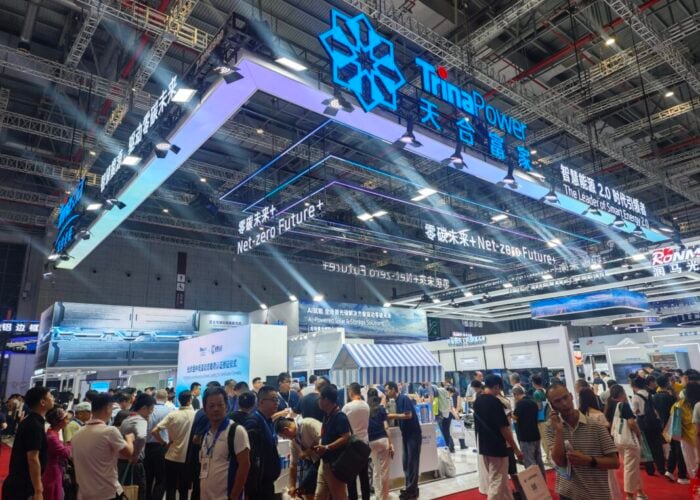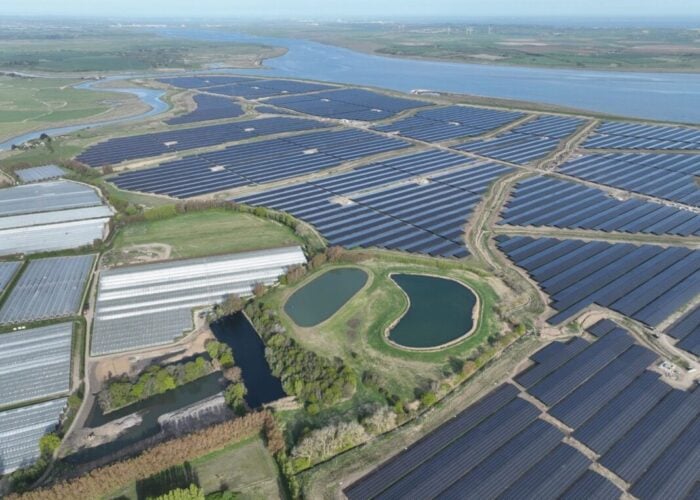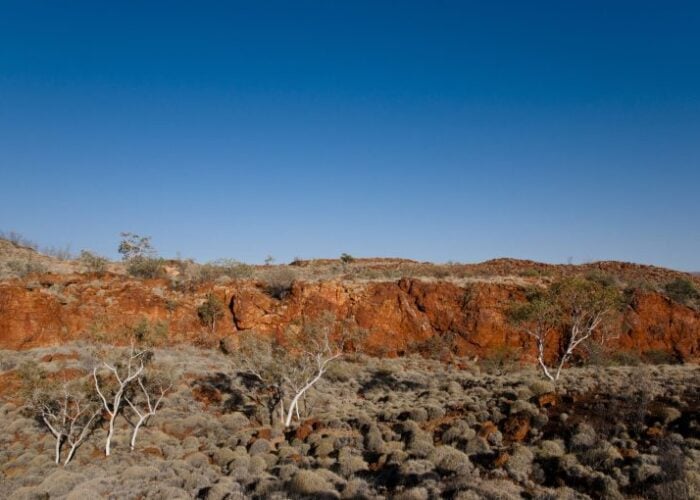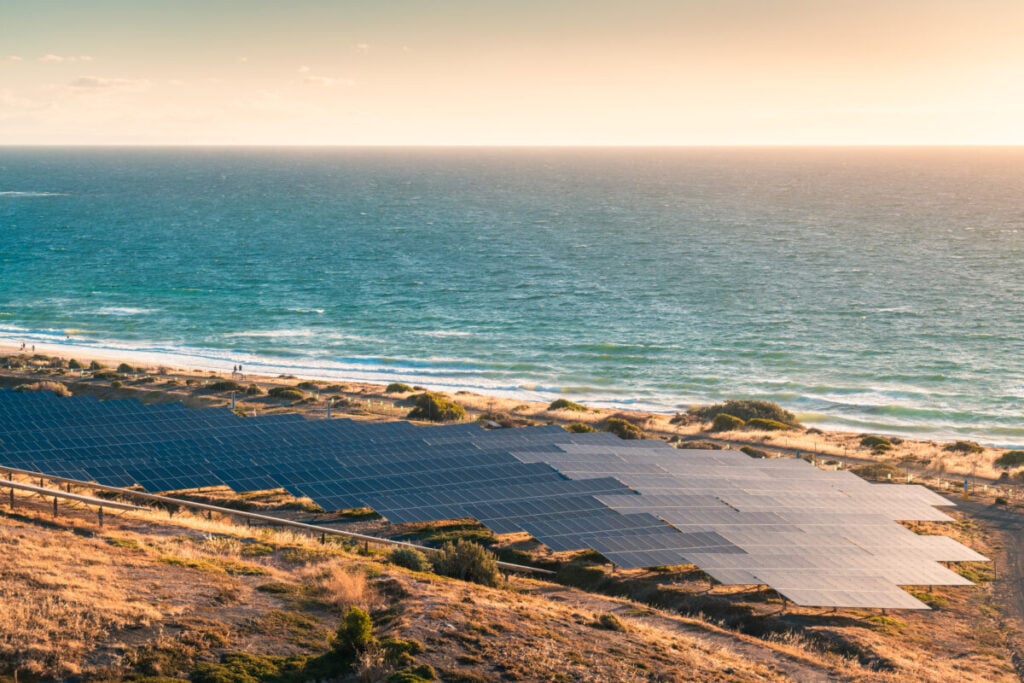
Think tank Climate Change Authority has signalled that Australia’s electricity and energy sector accounts for 35% of the country’s emissions, with utility-scale solar PV taking an average of two to three years to develop and one and a half years to construct.
The Sector Pathways Review delves into each of Australia’s key sectors to decarbonise to reach net zero by 2050, highlighting some key findings from each.
Unlock unlimited access for 12 whole months of distinctive global analysis
Photovoltaics International is now included.
- Regular insight and analysis of the industry’s biggest developments
- In-depth interviews with the industry’s leading figures
- Unlimited digital access to the PV Tech Power journal catalogue
- Unlimited digital access to the Photovoltaics International journal catalogue
- Access to more than 1,000 technical papers
- Discounts on Solar Media’s portfolio of events, in-person and virtual
According to the energy and electricity section of the report, Australia will need to significantly increase its capacity for generating and storing renewable electricity by 2050 to meet its emissions reduction targets. This is especially important if Australia wants to contribute to global clean energy goals through exports.
The technologies currently being used in the sector, such as wind, solar PV, battery energy storage, and pumped hydro, are well established and should be further expanded upon to support the growth of renewable energy generation. Most of the generation capacity is connected with transmission infrastructure, and while these technologies are already commercial, they will need to be deployed at a much larger scale.
Any uncertainty or delays in deploying these technologies could jeopardise emissions reduction efforts, the Climate Change Authority adds.
The withdrawal of coal-fired power plants across Australia makes it urgent to increase the number of renewable energy generation projects brought online, not just from a decarbonisation stance but also for the security of supply.
The Australian Energy Market Operator (AEMO) detailed in a report released earlier that year that by 2038, the last coal-fired plant in Australia will have been withdrawn, providing a timeframe into how fast alternatives must be scaled.
However, although renewable energy generation will be key, energy storage, whether pumped hydro or batteries, must also be scaled to complement and capture energy produced via variable generation technologies.
It’s important to mention that distributed solar PV offers system security benefits by decreasing grid demand during the day. As more coordinated consumer energy resource battery systems are installed, rooftop solar could also help by balancing demand outside of daylight hours.
Utility-scale solar PV projects take 1.5 years to construct on average
An interesting finding in the report is the time it takes to develop and construct utility-scale solar PV projects.
The report details that development can take two to three years for utility-scale solar PV projects, with construction taking an average of one and a half years. For rooftop solar PV, a system can be installed in two to three days.
With this in mind, solar PV is the quickest renewable energy generation technology that can be developed in Australia, at the time of reporting. Onshore wind, for instance, has an average development phase of around three to five years, with construction taking two and a half years. Offshore wind has an average development timeframe of over seven years, with construction taking six years.
For utility-scale battery energy storage systems (BESS), development can take an average of one to two years for a one or two-hour duration system, with construction taking one and a half to two years.
For four to eight-hour duration BESS projects, development still takes between one to two years, but the construction time increases to an average of two years. Pumped hydro energy storage, often providing gigawatts of energy, takes between three to five years to develop, with construction taking between four to eight years on average.
Matt Kean, chair of the Climate Change Authority, believes that good progress is being made on decarbonising the energy sector, but other sectors and government must work together to plan and act together.
“By overcoming the barriers to reducing emissions we can make the Australian economy more prosperous while creating new industries and jobs, improving our energy security, protecting the environment, and reducing the cost of living,” Kean added.
Kean also stated that technology uptake, investment and cooperation were critical success factors.
“We need to seize this once-in-a-generation opportunity to ensure Australia’s rapid and orderly transition as the world transforms to avert the worst impacts of climate change. This requires a major reorganisation of supply chains, production systems, industrial zones, energy sources, public and private finance, infrastructure and workforces,” Kean said.
Solar PV installed on over 50% of Queensland houses
As aforementioned, rooftop solar PV continues to be a crucial aspect of Australia’s net zero transition, and this is something that can be witnessed across all states and territories.
A recent The Race to the Top report by not-for-profit organisation the Climate Council, has found that Queensland remains a leader in rooftop solar PV deployment, with around 50.2% of the state’s homes having solar PV installed on them, higher than any other region in Australia.
The report provides analysis on each of Australia’s states and territories on their journey to net zero, critiquing how each are performing with technologies such as rooftop solar PV, electric vehicle (EV) uptake, home battery energy storage system (BESS) installations, and more.
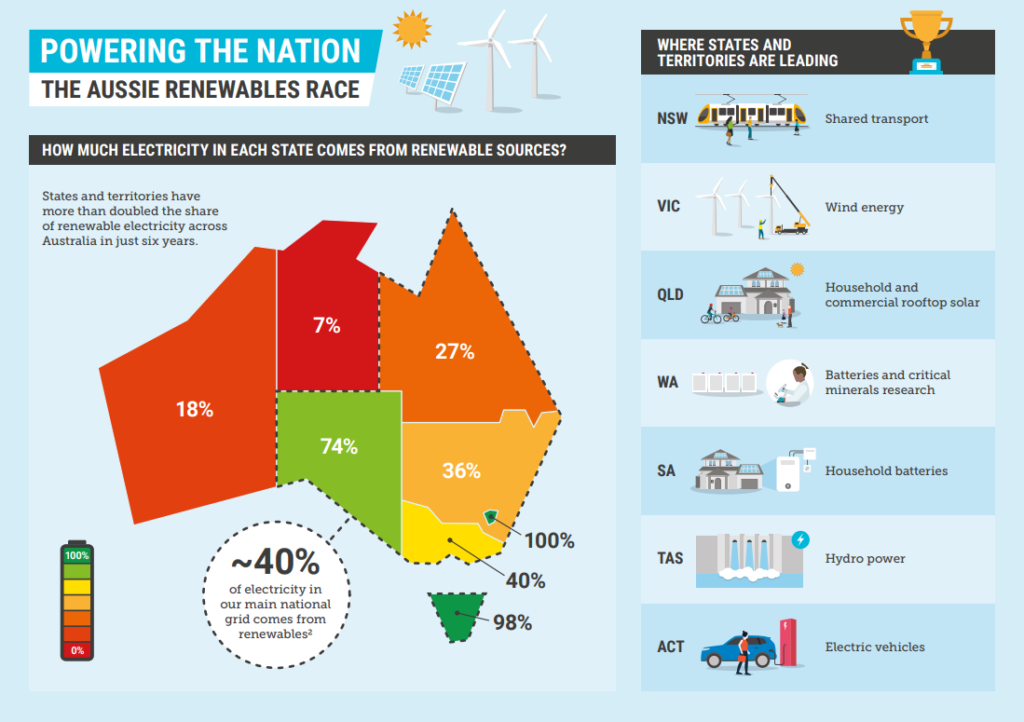
Queensland has been an advocate for rooftop solar PV and has introduced varying government support to rapidly scale up. For instance, in June 2024, the state government designated two Local Renewable Energy Zones (LREZ) in Townsville and Caloundra.
As part of this, the state government committed to allocating AUS$40 million (US$26.5 million) for both LREZ pilot projects. These projects will deploy up to 8.4MW/18.8MWh of battery energy storage and support up to an additional 2.8MW of solar PV and 0.9MW of demand management.
At the time, Steven Miles, premier for the Queensland government, said that he hopes the deployment of the LREZ’s will “put Sunshine Coast rooftops at the centre of the renewable energy transition”.
Despite this, the state still saw a decrease in the volume of rooftop solar PV deployed in August, as all but Tasmania saw growth stunted. According to solar consultancy group SunWiz, Queensland saw a decrease of -10% month-on-month, the second highest of any state or territory, with the top spot taken by the Northern Territory, with -19%.
With Queensland taking the top spot for homes with rooftop solar PV, Victoria, which is eyeing 7.6GW by 2035, is “well behind other jurisdictions” in its rollout. The Climate Council revealed that only 28.1% of Victorian houses have solar PV installed, and this must increase to support its decarbonisation targets.
This may well come as a surprise given the success of Victoria’s Solar Homes programme, which has helped deliver 2GW of solar PV power since its inauguration. PV Tech reported that the rooftop solar PV delivered by the programme accounts for 13% of the total renewable energy capacity in the state, and its solar modules have generated a cumulative 6.5GWh of power. Around 330,000 solar PV modules, hot water and solar battery systems have been installed via the rebate scheme.
It should be noted that Victoria’s population in 2024 stands at around 6,987,000 whereas Queensland’s sits at 5,586,000.
The Climate Council’s report also revealed that South Australia has the greatest proportion of households with solar and batteries (2.86%), and often gets 100% of its power supplied by renewable energy sources.
Analysis by PV Tech revealed that, on the final day of winter 2024, South Australia ran on 100% renewable energy. Rooftop solar PV generated 21.1% of the 102.2% figure, around 56GWh generated over the week. On the other hand, utility-scale solar provided 3.9% of the overall mix, around 10.4GWh.
Although solar PV contributed to the overall landmark, wind energy produced most of the renewable energy across the week, with around 204GWh (77.1%).

